Latest News
31 January 2018
Dutch drone first to map pristine national park in half a century
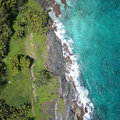
ATMOS UAV, a start-up company from the faculty of Aerospace Engineering, announced on 31 January that their drone Marlyn was used to chart the tropical island of Silhouette in the Seychelles in the Indian Ocean.
30 January 2018
Fiery romance: a risk-model for sky lanterns

This week it’s Valentine’s Day as well as Chinese New Year. A popular week for flying sky lanterns. How safe are they and how do you make a risk-model for them? Michiel Schuurman and Derek Gransden looked into it.
25 January 2018
From spin to light: two Delft scientists separately bring together two worlds
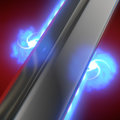
Two groups of scientists from TU Delft in the field of quantum nanotechnology have, independently of one another, found a way to convert spin information to light. The groups are led by professors Kobus Kuipers and Lieven Vandersypen, who both work at the Kavli Institute of Nanoscience. Their research has been published in Science. The discovery by Kuipers can lead to green ICT, for example energy-efficient data processing in data centres. The aim of Vandersypen's research is to allow large numbers of qubits on a chip to work together, bringing the quantum computer one step closer.
24 January 2018
GROW programme kicks off with a novel pile installation method ’Gentle Driving of Piles’

The first GROW project, ‘Gentle Driving of Piles’, received the approval of the Dutch RVO for granting a subsidy of 2.7 million euro. This project consortium is led by TU Delft and together with the GROW partners Boskalis, Deltares, DOT, Eneco, Sif, TNO, ECN, Shell, IHC, SHL and Van Oord, they will develop and test a novel pile installation method for offshore wind turbines.
24 January 2018
TU Delft develops virtual coach for patients with post-traumatic stress disorder
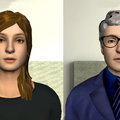
In the future, a virtual coach could make a positive contribution to the therapy of people with post-traumatic stress disorder (PTSD), such as war veterans or people who suffered sexual abuse in their youth. Such a coach could motivate people to persist with therapy and help them to recall traumatic memories as part of exposure therapy. The virtual coach was developed by Myrthe Tielman, who will be awarded her PhD at TU Delft on Thursday, 25 January.
23 January 2018
TU Delft scientists work on 3D printed dress designed by Iris van Herpen

Dutch fashion designer Iris van Herpen, who has designed outfits for Lady Gaga and Beyonce, has presented a dress at the Galerie de Minéralogie et de Géologie in Paris that was partly developed by TU Delft scientists.
19 January 2018
Building ‘scaled-down synchrotron’ begun
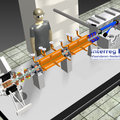
Detecting a hidden layer in a top work of art by Rembrandt, identifying metal fatigue in ships, predicting arteriosclerosis: these are just a few of the possible applications of Smart*Light, a synchrotron that fits on a table. Researchers at Eindhoven University of Technology and Delft University of Technology will build and develop this X-ray source within a consortium of other universities and companies. The high-intensity X-ray beam that this device will produce is now only available via large, expensive and scarce facilities. A symposium on Tuesday 23 January gets the research project officially under way.
18 January 2018
Using Hawkeye from the Avengers to communicate on the eye
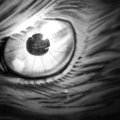
Popular culture characters, such as superheroes like Iron Man, Captain America, Wonder Woman, Batman and Hawkeye, can provide a unique and engaging platform for the communication of difficult scientific concepts. In the classroom, these characters can be used to communicate learning objectives to students in an interesting, fun, and accessible manner by taking advantage of student familiarity with these superhero characters. Hawkeye, a member of the Avengers, is one such superhero who can be utilized by educators, as Barry Fitzgerald of Delft University of Technology (TU Delft, The Netherlands) argues in the article ‘Using Hawkeye from the Avengers to communicate on the eye’, published in the journal Advances in Physiology Education.
15 January 2018
Majoranas on the rise
In 2012, the world of physics was rocked by the first observation of the exotic Majorana quasiparticle, in Leo Kouwenhoven’s laboratory. These particles are a promising candidate for robust quantum bits in a topological quantum computer of the future. A major challenge that lies ahead is how to manufacture usable, error-free quantum chips. By using new manufacturing methods, researchers from QuTech, in collaboration with TU Eindhoven, have successfully observed Majoranas in significantly improved conditions. This rules out alternative explanations and also represents another step towards the topological quantum computer of the future. The researchers published their findings today in Nature Nanotechnology.
15 January 2018
Crowdfunding for 4 inspiring Delft projects
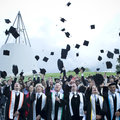
Delft University Fund launches a crowdfunding platform to enable extraordinary projects at TU Delft.
